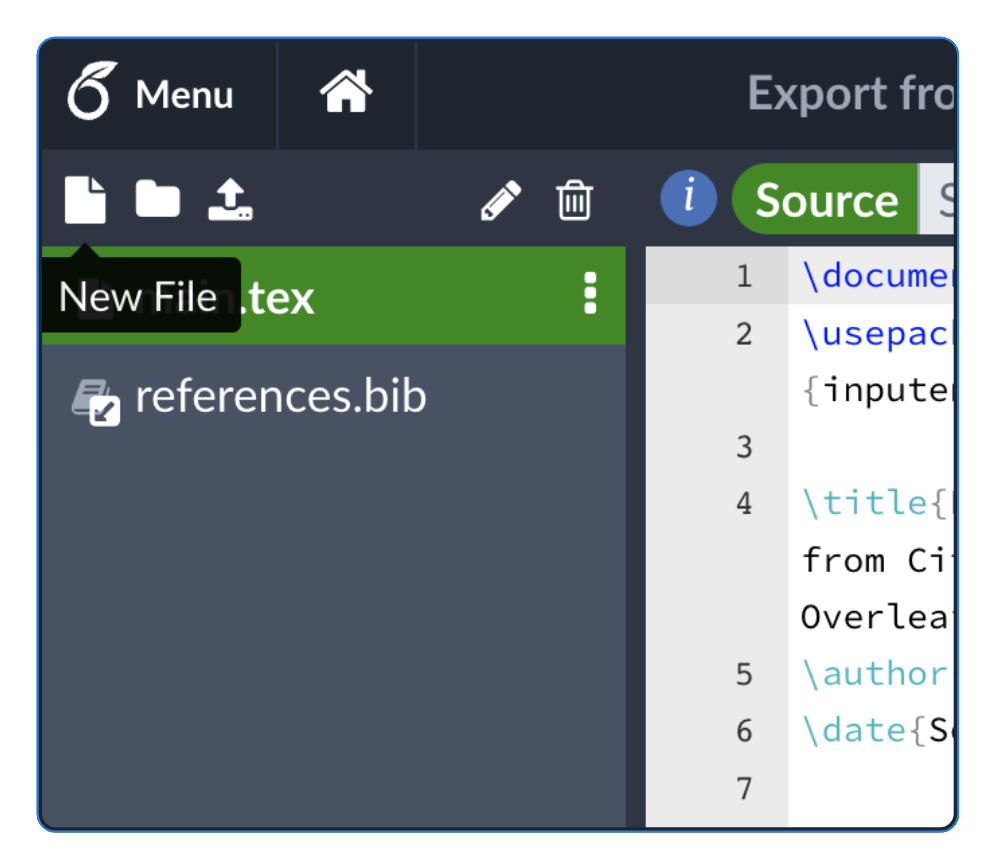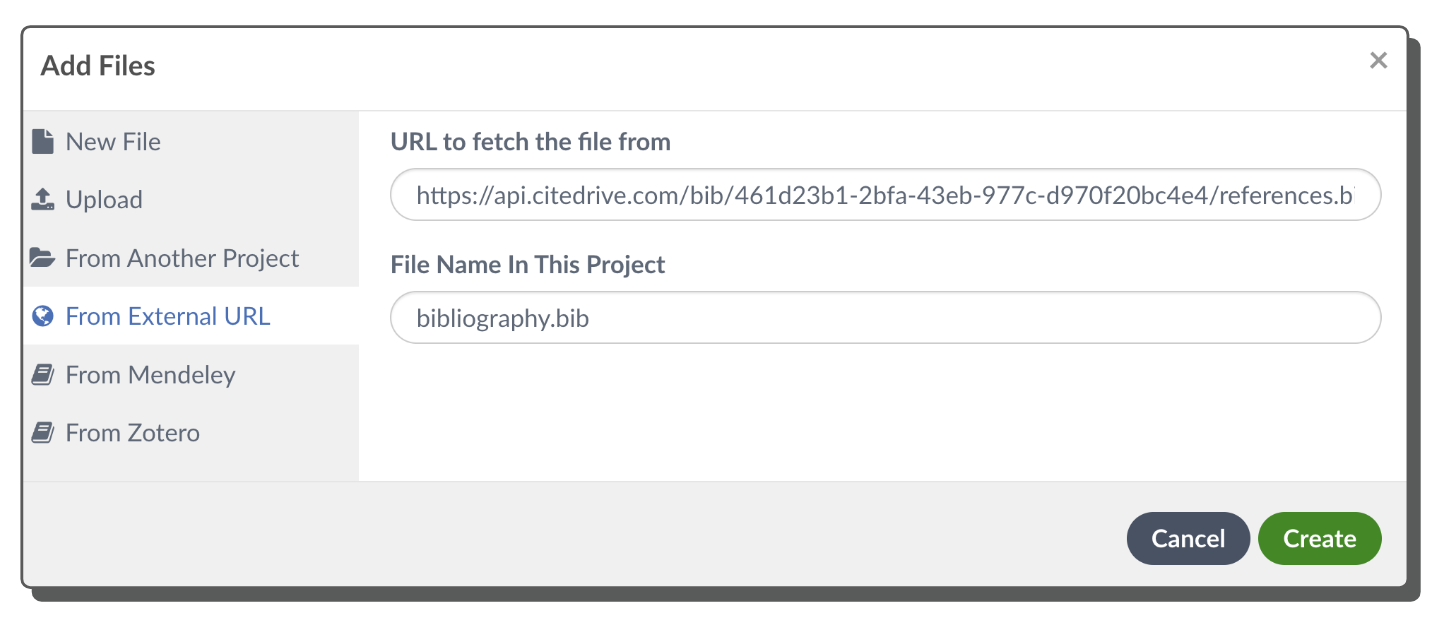Better bibliography management with Overleaf, CiteDrive, and BibTeX/BibLaTeX — about 3.0 and an updated guide
Gareth · December 6, 2022Guest blog post by Gareth Bilaney, co-founder of CiteDrive, a cloud-based platform for managing references and citations.
It's been a long while since the last Overleaf guest blog post about CiteDrive, and based on your comments, we've been busy upgrading the platform and rewriting the whole application. Now we’re pleased to announce the release of CiteDrive 3.0!
CiteDrive 3.0 is a significant update that brings a complete redesign of the infrastructure, better user experience and performance, BibLaTeX support, and automatic error checking. This blog article will give you an overview of the changes, a revised step-by-step tutorial, and perhaps some hints for the future. Please let us know your thoughts by emailing us at hello@citedrive.com or visiting our website at citedrive.com.
I need to familiarize myself with CiteDrive. What can it do for me?
CiteDrive is a reference manager that emphasizes BibTeX, making it quick and easy to keep your references well-organized. CiteDrive provides a streamlined solution for managing your bibliographies and citations if you work in LaTeX. What does that mean? A CiteDrive project helps you frame a story around each subject you're working on. This is especially helpful if you work with various teams on different tasks. When you or your teammates add, change, or remove a new reference, the CiteDrive project's BibTeX file is automatically updated. This means that if you connect a CiteDrive project to an Overleaf project, the bibliography in Overleaf can be refreshed without you having to add new entries in Overleaf by hand.
I'm familiar with CiteDrive; what's different now?
- Code editor: When adding or updating citations, we've enhanced BibTeX management with an inline code editor. You have total control over the fields and types of each record while benefiting from intelligent auto-completion
- BibTeX Preview: While the browser plugin already helped save new citations in one click directly to your Overleaf project, you now have the ability to preview the BibTeX entry and make modifications or correct errors.
- Better performance: The app and browser extensions are significantly faster than the previous generation. No more painful waiting spinner while the system auto-generates your BibTeX entry.
- Redesign: Productivity needs a good user experience and accessibility – not an afterthought. We completely redesigned the reference dashboard among hundreds of prototypes and sketches.
- Reliability: Improved error handling and collision control.
Please check out our announcement if you'd like to learn more about the improvements introduced in our latest CiteDrive update.
How do I get started?
Step 1: Create a project at CiteDrive and collect and organize your references.
You'll find a few CiteDrive project types from which to choose when you first log in to CiteDrive. We'll create a new Overleaf project in CiteDrive. Let’s call it Thesis. After that, add references to your new project. Here's how your project might appear:

You may add as many references as needed and organize them to your liking. CiteDrive makes it simple to add bibliographic references to your Overleaf project in various ways. You can hand-add BibTeX entries, import a *.bib file, utilize our search engine, use the ISBN resolver, or install the CiteDrive browser extension to cite websites or papers directly from your web browser--the choice is yours!
Step 2: Connect your CiteDrive project with Overleaf.
You can easily link your CiteDrive project to an Overleaf project by clicking the .bib button in the upper right corner of your CiteDrive project page.

Copy this link to Overleaf to connect both apps through our dynamic .bib file.

Now, returning to Overleaf. Click the New File icon and select From External URL.

Paste the CiteDrive link into the text field labeled URL to fetch the file from.

Click on Create and include bibliography.bib in your LaTeX document using \bibliography{bibliography}.
That’s it! You can refresh the imported .bib file in Overleaf to receive the most up-to-date version of your CiteDrive .bib file.
What's next?
We’re always thinking about how reference management can be further improved and more tightly integrated into the writing process.
Please see the CiteDrive blog for announcements about our upcoming features.
Some more information
- If you install the browser extension, you can insert citations directly in and without leaving Overleaf. If you are using multiple
.bibfiles from CiteDrive, you might want to check out the reference search built-in Overleaf available for all pro-users. - Overleaf has excellent documentation on bibliography management in LaTeX, including information on natbib, BibTeX, BibLaTeX, and more. Make sure to check it out. We are working on community-driven documentation on BibTeX and BibLaTeX with special guides, information, and tips.
- For more documentation on CiteDrive, check out our docs, and if you have general questions on CiteDrive or BibTeX-related questions, please check out our Forums or email CiteDrive any time.